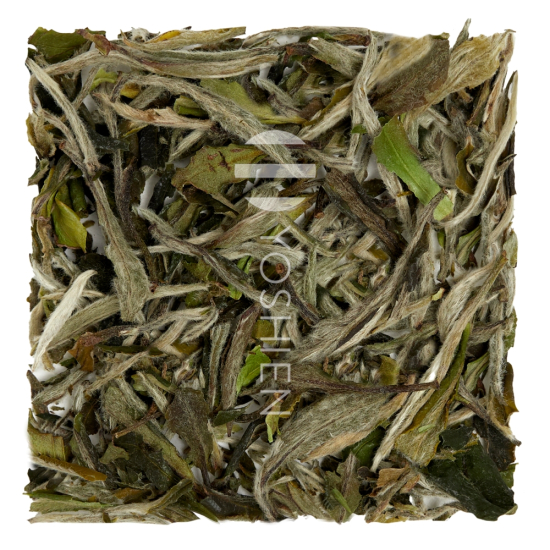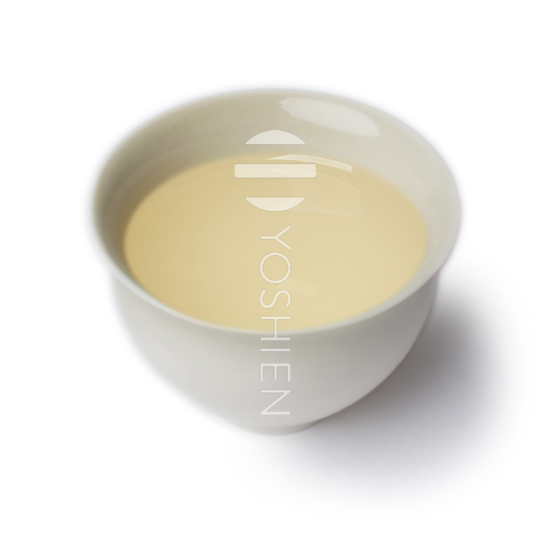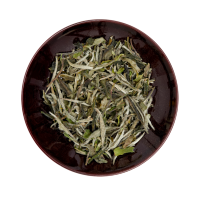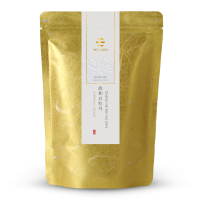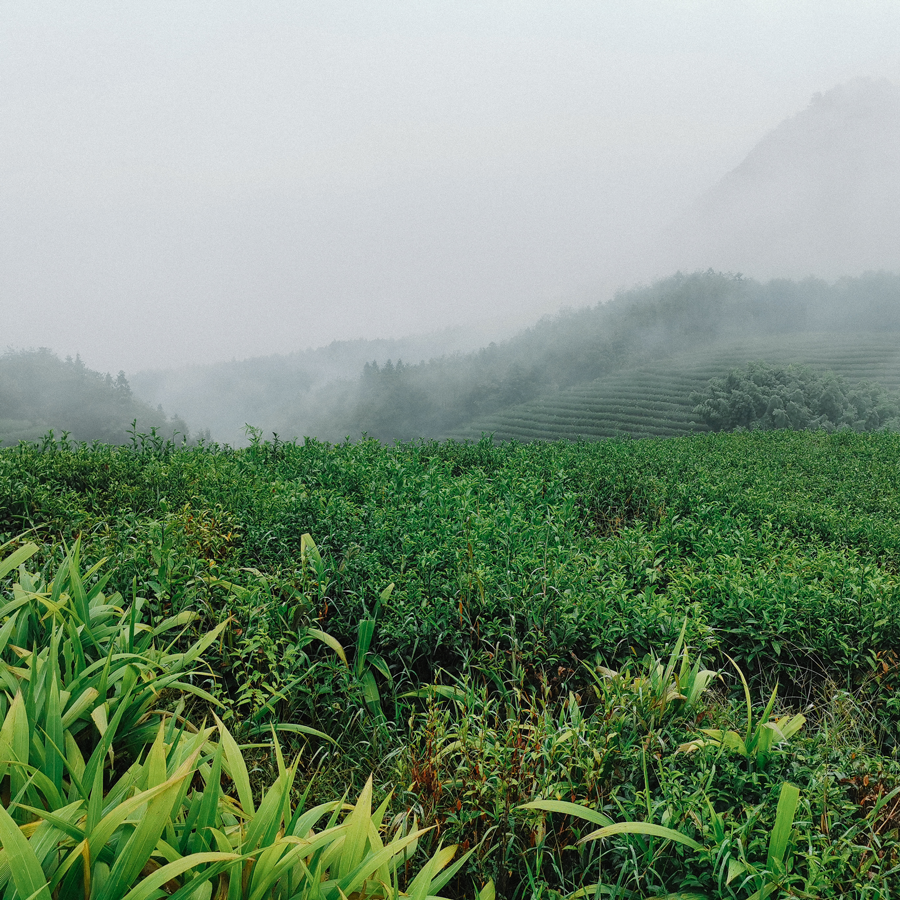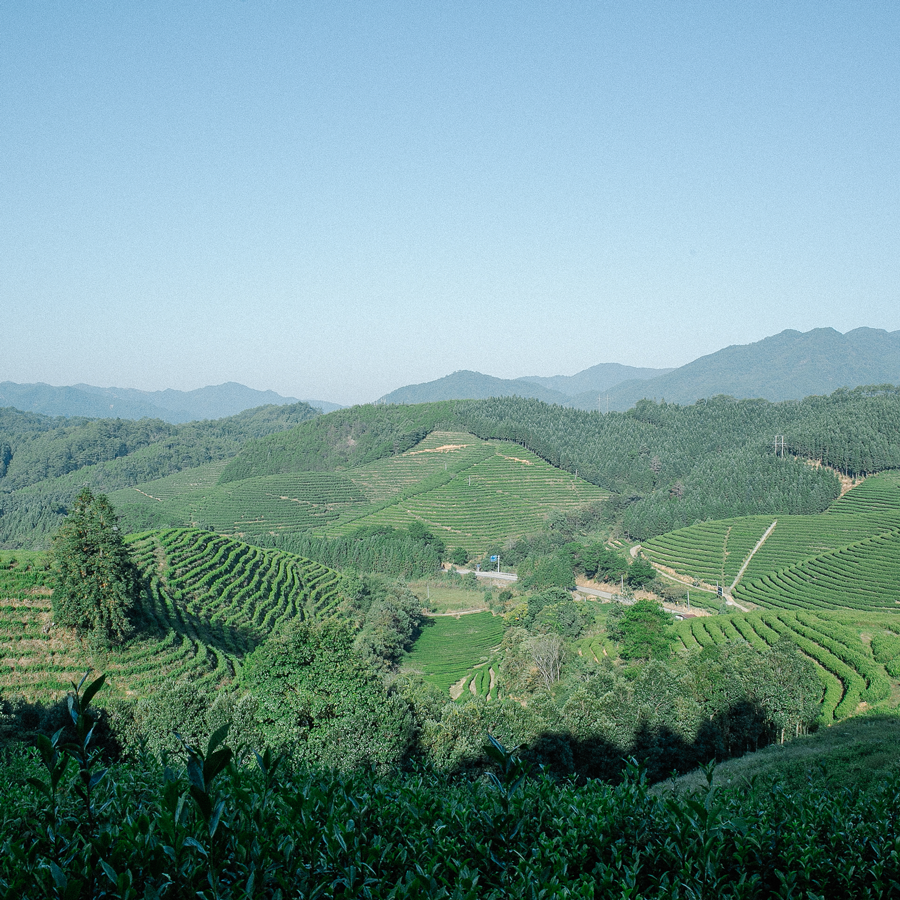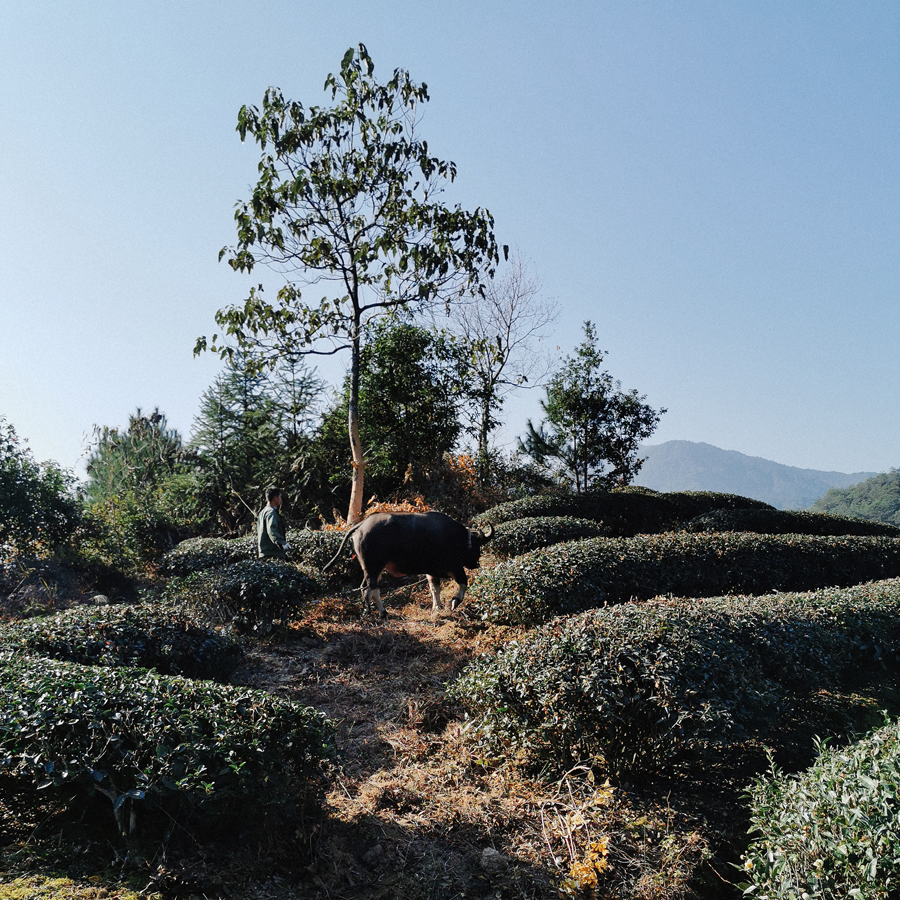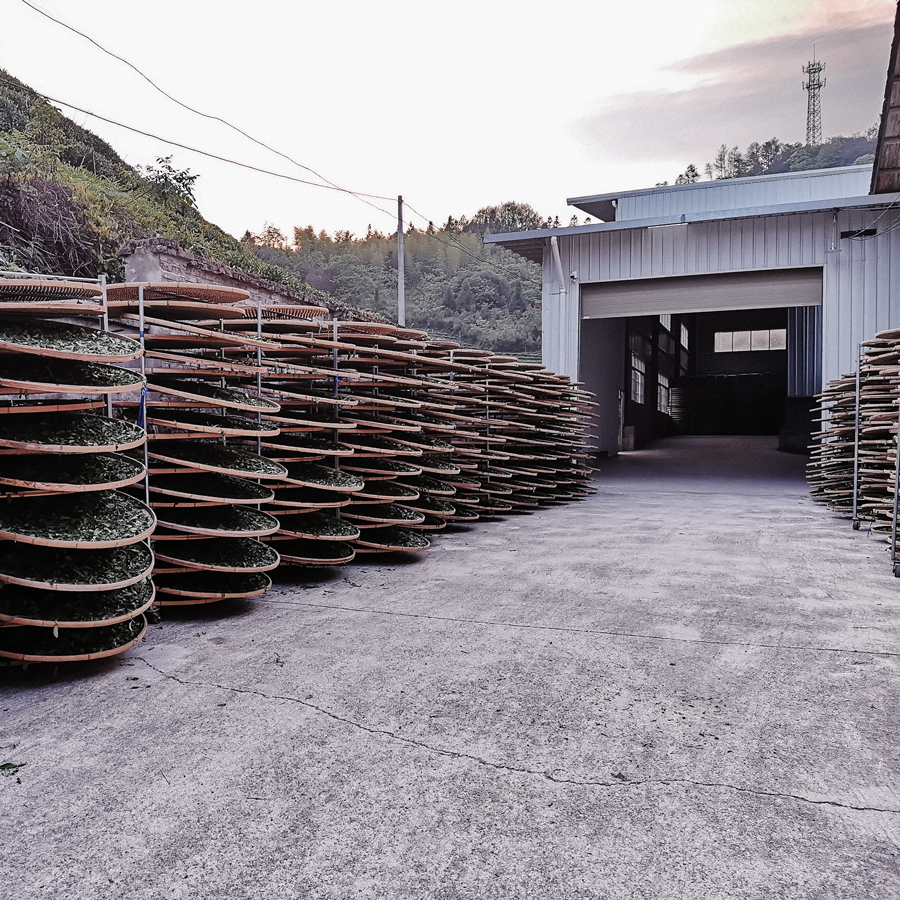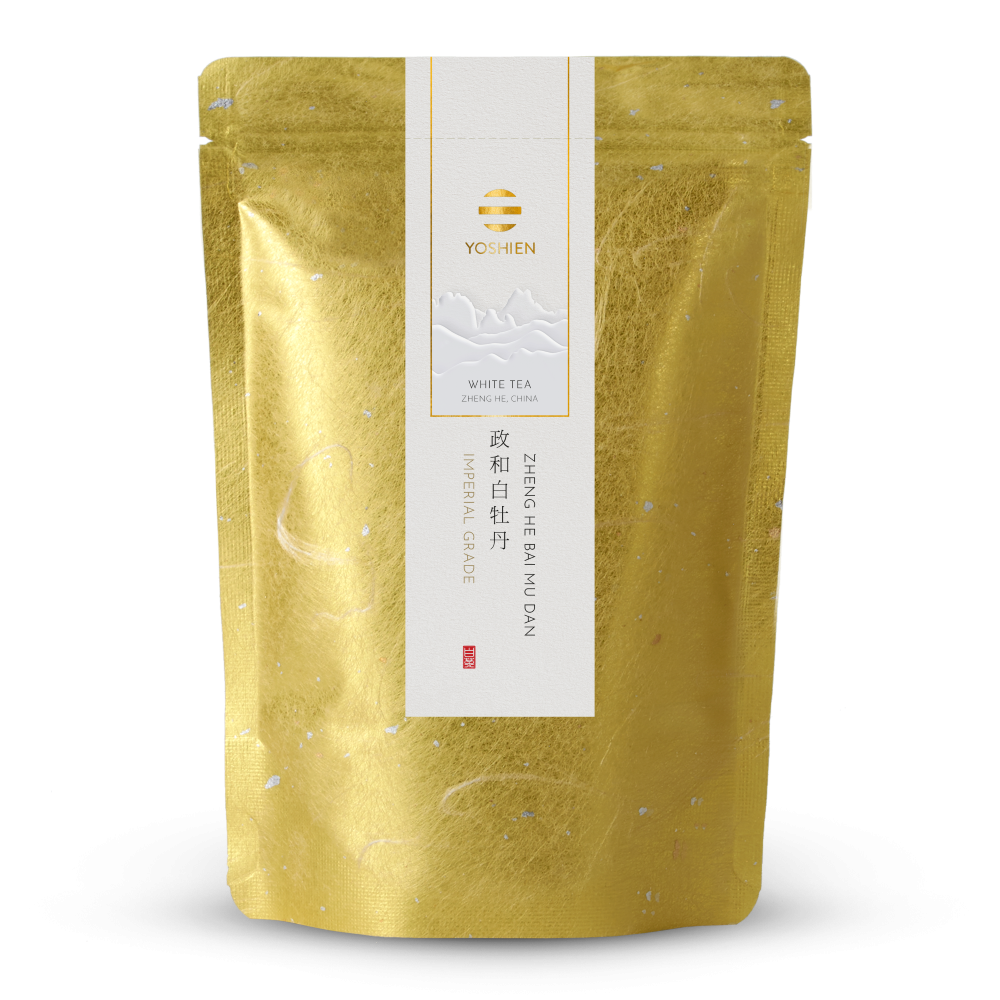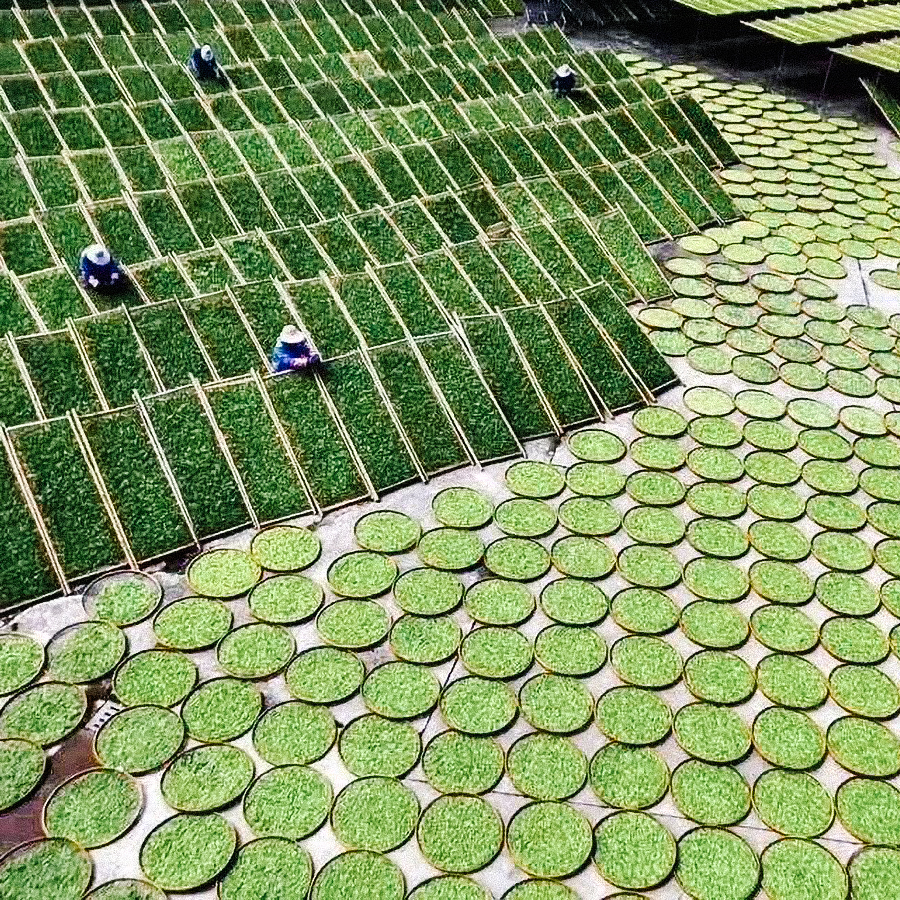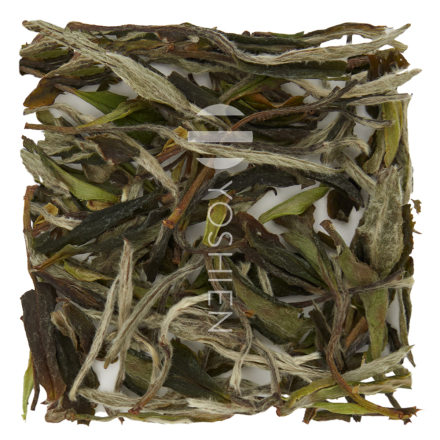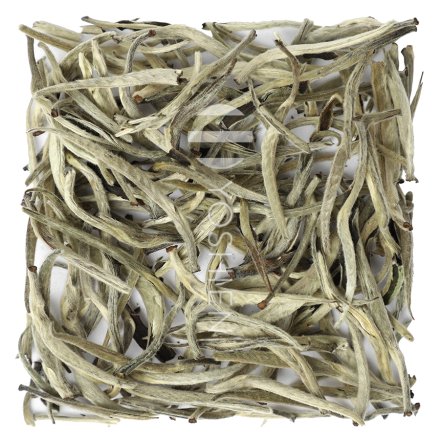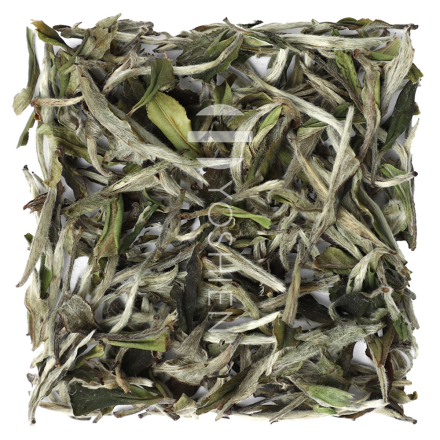Special features in location, cultivation and processing
This premium Bai Mu Dan comes from the Zheng He region in China’s Fujian Province. Fujian is widely regarded as the birthplace and true mecca for white tea enthusiasts, with the city of Fuding being its cultural heart and economic centre for tea. While still considered something of an insider’s tip in this part of the world, white tea from Zheng He already enjoys an excellent reputation among locals and tea connoisseurs. Although vastly different in taste, many consider it to be on par in quality with its highly acclaimed neighbour. Interestingly, there is evidence suggesting that the endemic Zheng He white tea cultivar Jiu Long Da Bai, which is also used to produce this tea, served as the prototype for the award-winning Fuding cultivar.
Zheng He offers ideal geographical conditions for cultivating top-quality tea. The unspoiled region is characterised by its mountainous terrain and abundant waterways, far removed from major urban centres. The altitude ranges from 800 to 1,000 metres, even higher than that of nearby Fuding. This results in reduced sunlight and ample rainfall, both of which positively influence plant growth. The plants grow more slowly, absorbing a wealth of minerals from the fertile soil. This leads to a nutrient-rich crop with an especially intense flavour.
The tea farm itself is located not far from the town of Sonxi. Sonxi boasts over a thousand years of tea-growing history, and the cultural connection between the local people and the tea plant runs deep. One of the standout features of our partner tea farm is that, in addition to the commonly used Fuding cultivar, they also cultivate tea from the Zheng He-endemic Jiu Long Da Bai cultivar. This cultivar offers an intriguing and refreshingly unique Bai Mu Dan experience, although it is notoriously difficult to grow outside its native region due to its specific climate needs.
The tea is cultivated without the use of pesticides. To aerate and enrich the soil with minerals, the neighbouring farmers’ cows are regularly walked through the tea fields.
The handpicked leaves and buds for this tea are taken from the year’s first harvest, which typically begins in late March to early April. Due to the region’s inconsistent, rainy weather, the tea undergoes a process known as “mixed withering” (Fùshì wēidiāo 複式萎凋), where the leaves are dried alternately indoors and outdoors. On the first night, the leaves and buds are generally withered indoors for protection from the elements, followed by fresh air drying the next day. The tea is spread across stacked bamboo trays, which shield it from harsh sunlight and ensure even withering. This process continues over several days until the tea reaches the desired level of maturity. Finally, any remaining moisture is gently removed through careful oven drying.




